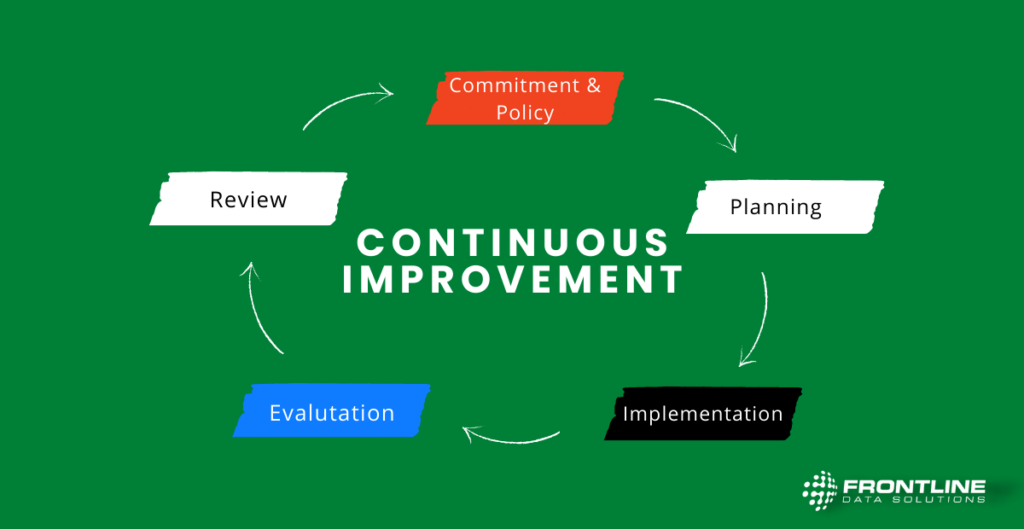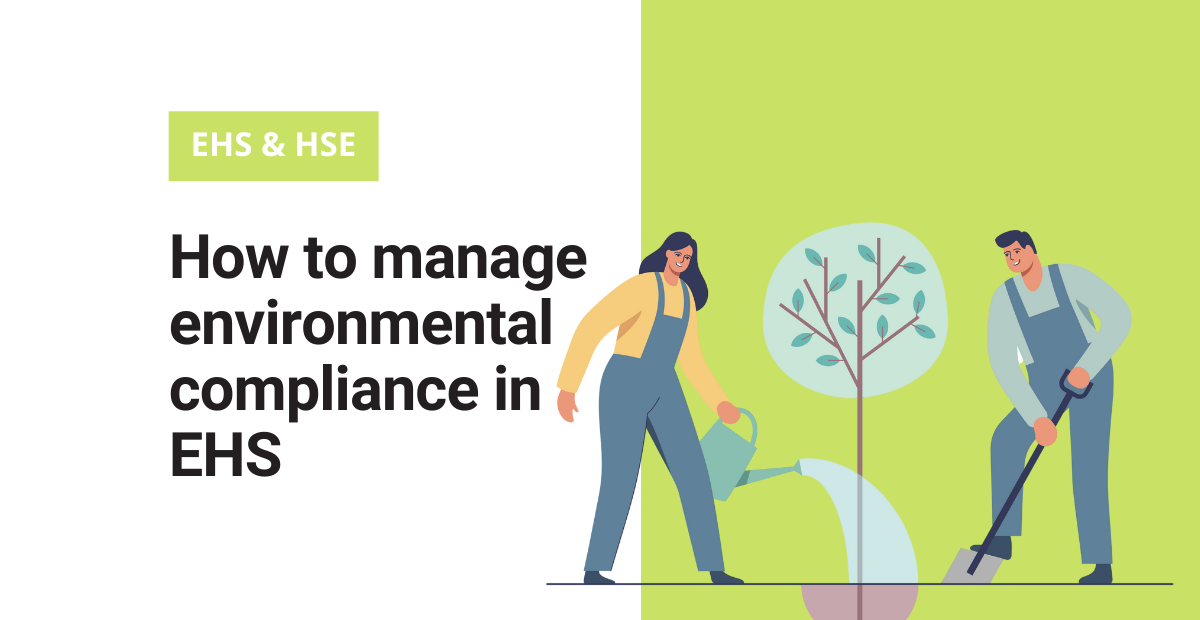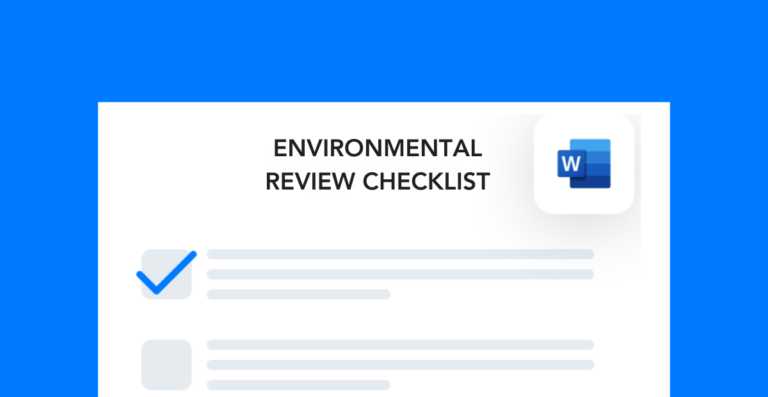Environmental compliance is the process of adhering to environmental regulations. In the United States, these regulations are usually set forth by the Environmental Protection Agency (EPA) and other federal organizations. The EPA was established under President Nixon in 1970 and is responsible for helping to protect human health and the environment.
Industrial companies go through a lot of trouble for environmental compliance management because not doing so can lead to fines, legal battles, and even criminal charges. Those who fail to comply with environmental regulations and permit requirements risk not only high fines, the costs of cleanup, and damage to their reputation but also their surroundings. In light of #EarthDay2022, we wanted to talk about how companies can make environmental compliance management easier.
Managing environmental compliance requires a well-defined program.
This includes:
- Developing an environmental management system
- Environmental permit requirements
- Monitoring, recordkeeping & reporting
- Environmental awareness training
Developing an environmental management system
An environmental management system is an approach to understanding the impact that your business activities have on the environment. It provides the grounds for companies to continuously improve their environmental conduct.
Coordinating different areas of your organization, including production, quality, sales, and maintenance teams towards a sustainable future can be simplified with an effective EMS.
One of the most commonly implemented frameworks of EMS is the ISO 14001 standard. The framework includes reviewing, committing, planning, implementing, and evaluating work processes and repeats itself by reviewing and continuously improving evaluations.

Permit requirements
Environmental permits are given to allow and determine the conditions in which businesses can carry out their operations. Generally, either the EPA or delegated states have the authority to issue permits. Each permit has different requirements, which have to be dealt with either locally, the state, or the federal government.
Businesses are responsible for complying with the general and specific requirements listed in their related permit. It is also critical to review the validity and status of the permit to avoid non-compliance.
Recordkeeping
Companies have been mandated by the EPA to report their greenhouse gas emissions and other pollutants that contribute to climate change or global warming. The reporting requirement is one of many steps taken by federal regulators to combat climate change and protect air quality.
A lack of observing and documenting any part of your business operation can put you at risk of non-compliance. That is why monitoring, recordkeeping, and reporting are crucial for managing environmental compliance.
Monitoring means knowing and sticking to operational boundaries, whether it is emission, waste disposal, or exposure to hazardous materials. Recordkeeping is written proof of your business’s outputs. And finally, reporting is putting together the monitored and stored data for audits, emergencies, or mandatory reports for different industries such as the Tier II, Title V, or Greenhouse Gases Report.
Awareness & training
Employers are required to educate and train their employees to protect themselves and their surroundings. This also applies to environmental compliance management and safety. From EPA regulation awareness to spill prevention, hazardous waste to heat stress training, your workforce should be trained for general and site-specific risks they might face.
Make sure to keep documentation of the provided training and trained employees for possible inspections.
Aside from legally-binding EPA regulations, there are also sustainable best practices that companies can implement. Common methods that environmentally-conscious companies resort to are:
- Reducing waste by recycling whenever possible
- Using less energy by switching to more efficient equipment and turning off lights when they’re not needed
- Improving air quality by reducing air pollution from vehicles, machinery, etc.
In most cases, environmental violations are accidental or due to the negligence of training or equipment maintenance. However, some companies seek to circumvent these regulations for their financial gain. This poses a great risk for our planet and has led to the rise of many environmental disasters.
To prevent this, governments have environmental compliance standards in place, so that companies can do their part in protecting the environment while they conduct business.
Other posts you might like…
No posts

